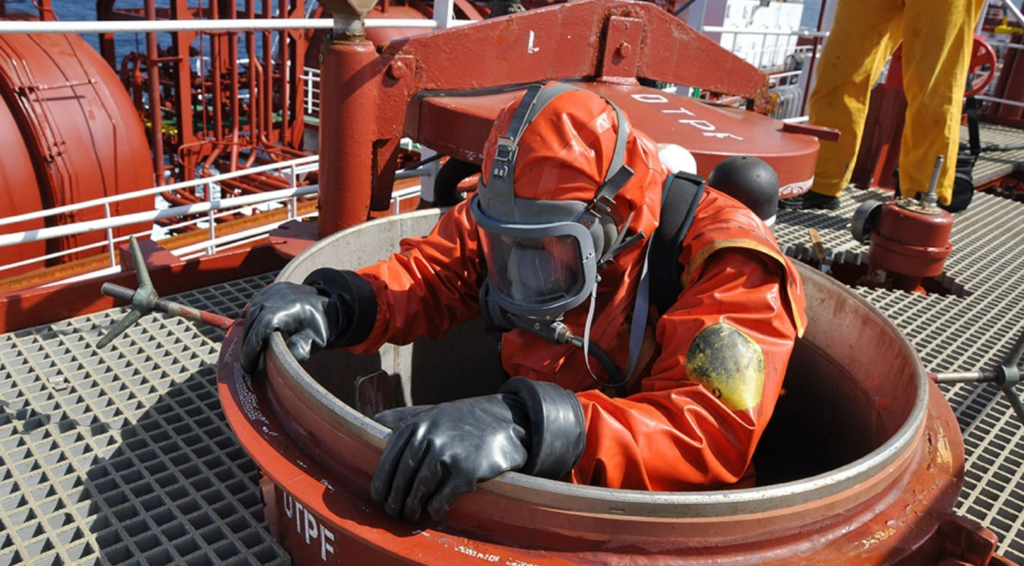Confined Space Management Training
Confined spaces can be found in almost any workplace. They come in all shapes and sizes. For example, confined spaces include tunnels, cold storage, tanks, and manholes. Additionally, they can be found in silos, ship-holds, utility vaults, and even trenches under certain conditions.

In Ontario, a “confined space” means a fully or partially enclosed space,
(a) that is not both designed and constructed for continuous human occupancy, and
(b) in which atmospheric hazards may occur because of its construction, location or contents or because of work that is done in it.
If you have a space that is fully or partially enclosed, the two conditions – (a) and (b) above –must both apply before the space can be considered a “confined space”.
Employers are required to evaluate a space to determine if it meets the definition of a “confined space”.
Workers who enter a confined space or perform related work must have adequate training in confined spaces hazard recognition, relevant plan-specific training, and general safe work practices. Additionally, it is essential to ensure that they understand the potential dangers and necessary precautions.
This program covers:
- Confined spaces definition
- Hazard recognition including atmospheric hazards
- Conducting a confined spaces hazard assessment
- Elements of a confined spaces program
- Roles and responsibilities
- Planning for each confined space
- Training requirements
- Hazard control
- Personal protective and rescue equipment
- Permit development and coordination
- Record keeping
- Evaluation
This interactive classroom awareness program includes comprehensive theory as outlined above and does not include hands-on entry and rescue.
Confined Space Regulations – Ontario
DURATION AND LOCATION
Approximately 3 hours at your location.
Please contact our office at 416-283-7233 for a quote on our confined space training program. A minimum training fee may apply.
Master the skills required for Working at Heights.
Breathe easy with our CSA Z94.4-compliant Respirator Fit Training Program!
Unmask the hidden danger: Your essential source for understanding Type 1 and Type 2 Asbestos Operations

